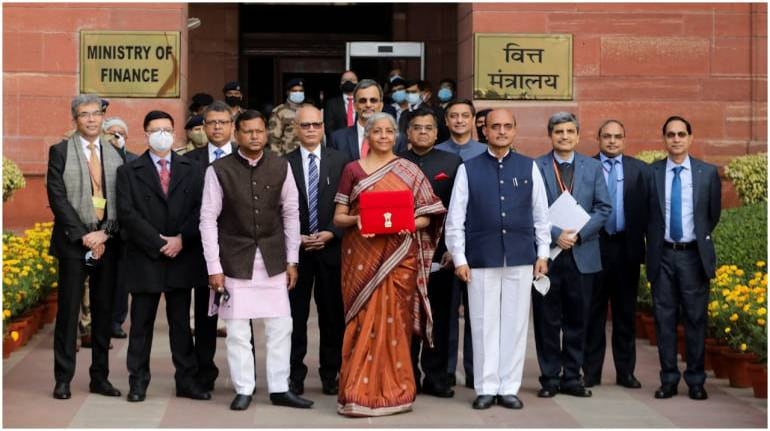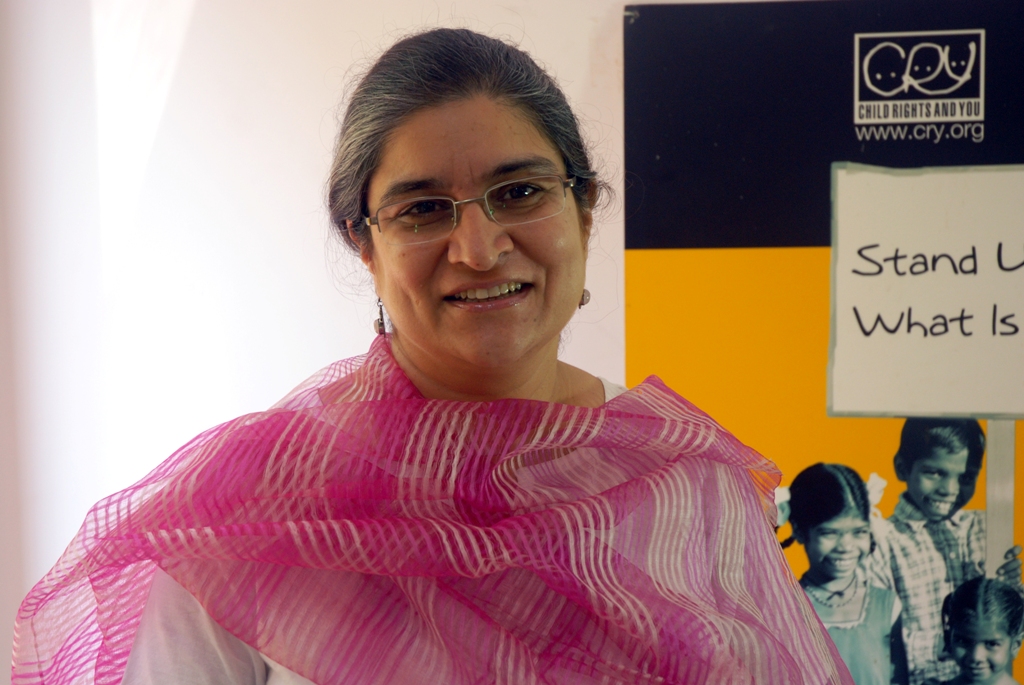OdishaPlus Bureau
Commenting on the Budget for Children FY 23-24, Puja Marwaha, CEO of CRY – Child Rights and You said, “While the Union Budget 23-24, on the whole, has tried to trace a robust roadmap towards inclusive growth for the country in the post-COVID times, children who constitute more than one-third of India’s total population seems to have largely remained out of its radar.”

Highlighting the positive aspects of the budget, she said, ““Whereas child education and health segments have witnessed some incremental increase, allocation for Mission Vastalaya has remained constant with Rs. 1,472.17 cr. for 2022-23 BE and 2023-24 BE. Allocations for Saksham Anganwadi and Poshan 2.0 have increased by around 1.44 per cent from Rs. 17,223.61 crore (2022-23 BE) to Rs. 17,471.16 crores (2023-24 BE) with increase in absolute numbers of Rs. 247.55 Crores. The Samagra Shiksha budget has seen a miniscule increase just by 0.19 per cent from Rs. 37, 383.36 crores (2022-23 BE) to Rs. 37,453.47 crores (2023-24 BE) with increase in absolute numbers of Rs. 70.11 crores.”

“It’s indeed positive news that the overall fiscal outlay in the Union Budget FY 23-24 has increased 14.15 per cent from 22-23, and the total child budget has increased by Rs. 11054.20 Cr from year 2022-23 BE (Rs 92,736.5 Cr.) to 2023-24 BE. (Rs. 103,790.70 Cr.), but a closer look at the fine prints clearly suggests that there has been 0.05 per cent points decline in the share of allocation for child budget to the Union Budget from 2.35 per cent (2022-23 BE) to 2.30 per cent (2023-24 BE). Further analysis reveals that, in reference to GDP, the percentage share of Child Budget to the GDP has declined to 0.34 per cent in 2023-24 BE when compared to 0.36 per cent in 2022-23 BE,” Puja added.

“In all, as the detailed budget allocations across child-centric programmes and initiatives suggests, it seems that the Union Budget will fail to reach the last mile when it comes to the overall development of the vulnerable children, residing under the shadows of multidimensional poverty,” Puja further noted.






















